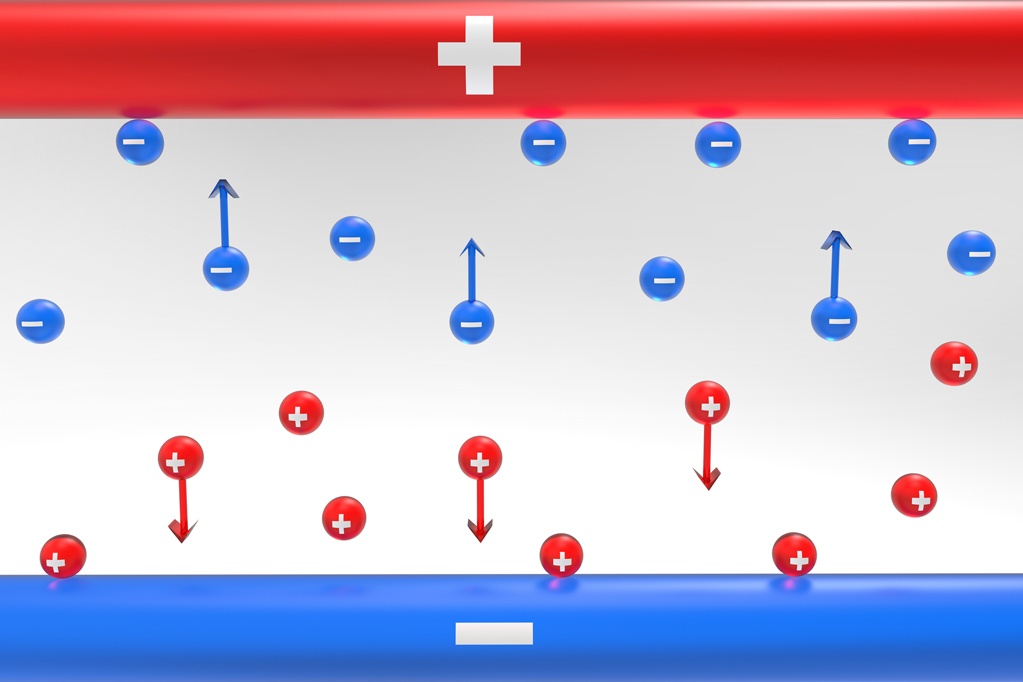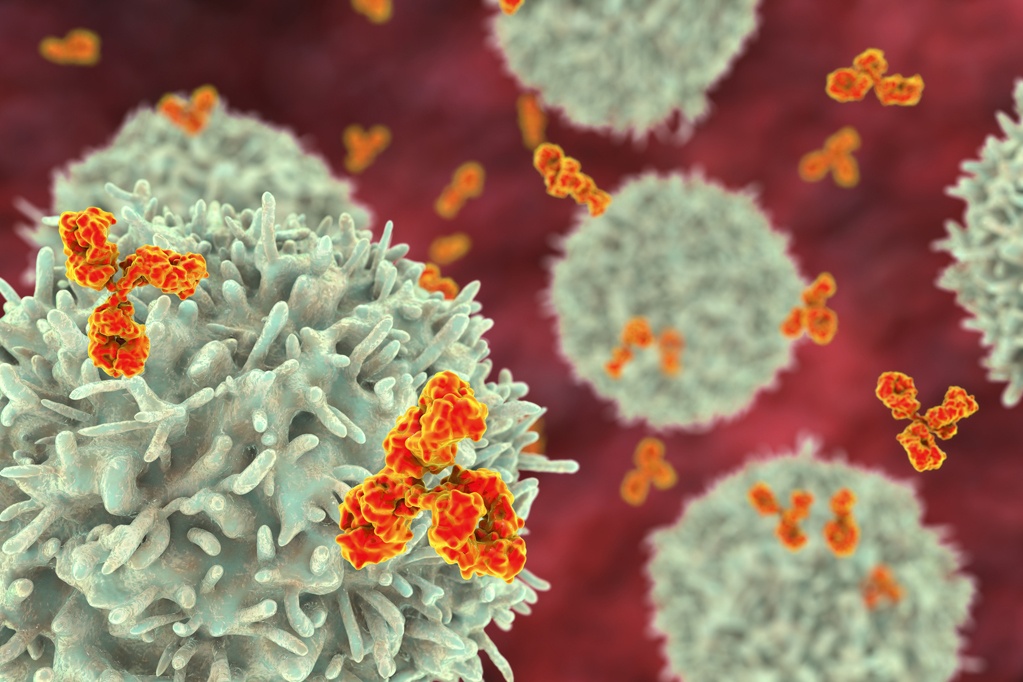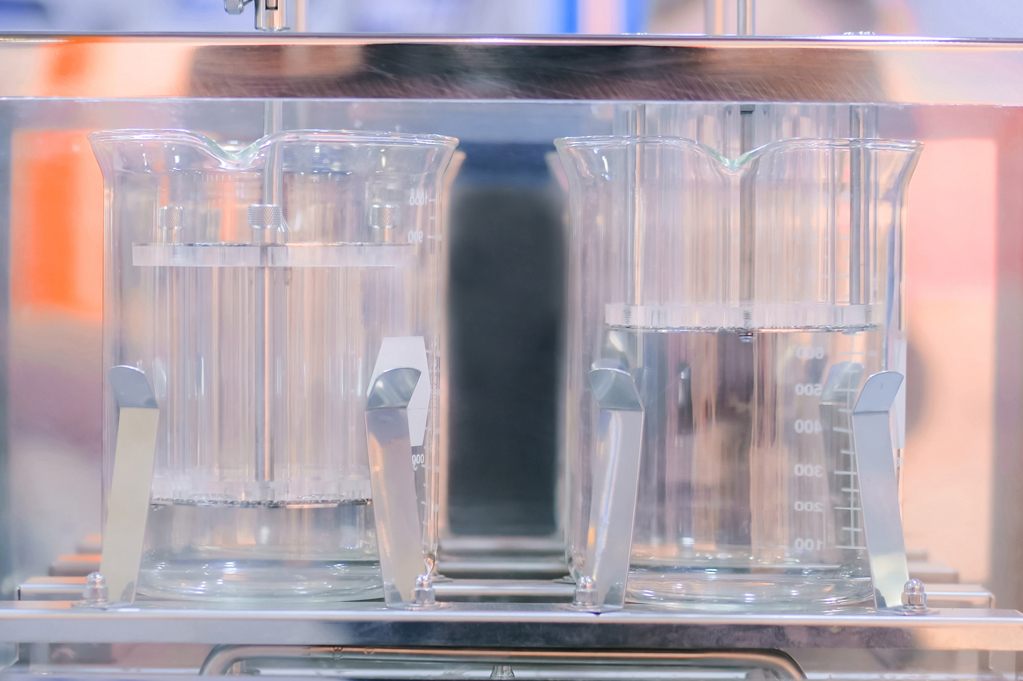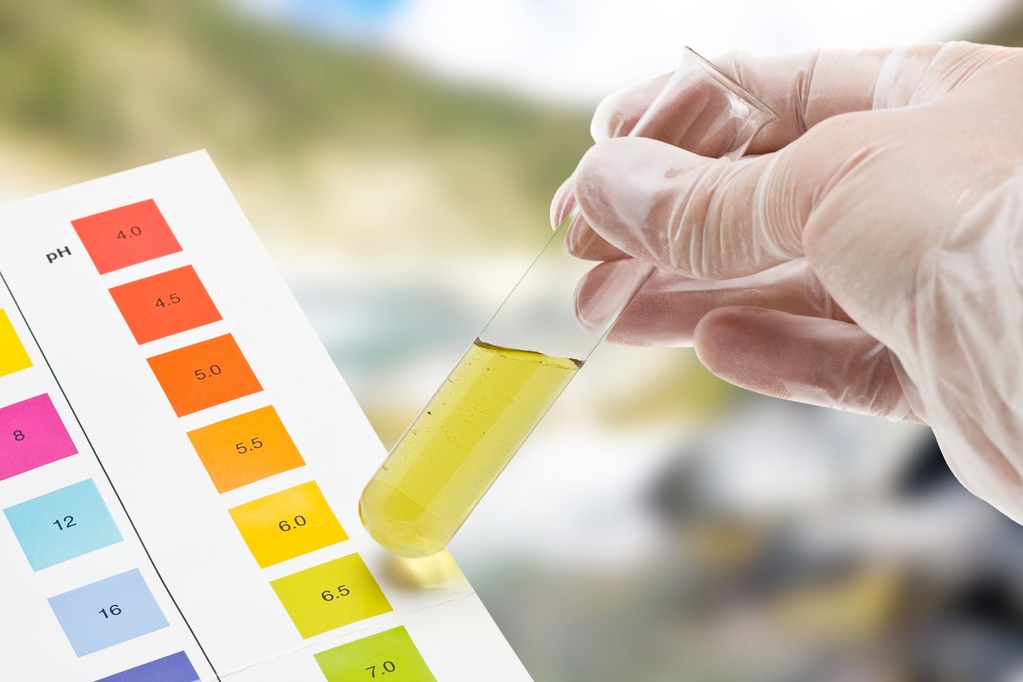Advanced Analytical and Separation Sciences
Valentia Analytical excels in separation technologies vital for the biopharmaceutical industry, featuring state-of-the-art chromatographic and capillary electrophoresis techniques. Our laboratory systems, equipped with Ultra-High Performance Liquid Chromatography (UHPLC) and High Performance Liquid Chromatography (HPLC), deliver superior resolution and adaptability. We further enhance our analyses with advanced detection modalities, including UV-Visible Spectroscopy, Fluorescence Detection, and Mass Spectrometry, ensuring precise molecular identification and quantification. Committed to analytical excellence, Valentia supports all stages of drug development and manufacturing, providing reliable, high-quality results that advance research and regulatory compliance.





